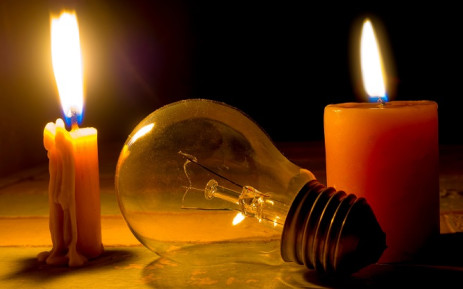Stage 6 load-shedding is back until further notice.
Eskom has announced the return of stage 6 load-shedding due to the loss of generating units overnight.
It has also not been able to replenish its emergency reserves.
Cassim said in May there was an “extremely high” chance of stage 8 load-shedding during the evening peaks if Eskom’s interventions to improve its power plans performance didn’t work.
“If the interventions that we have planned do not achieve the desired outcomes, and unplanned outages reach levels of 18,000MW, then the likelihood of Stage 8 load-shedding during peaks is extremely high,” he added.
Cassim said their goal was to keep breakdowns below 15,000MW, with the caveat that they know this has been a challenge for the ailing power utility.
Eskom’s data portal shows that the company’s engineers and technicians have been moderately successful, keeping breakdowns below 18,000MW and occasionally dipping below 15,000MW.
Eskom’s weekly unplanned outage statistics show that on average, outages were between 15,000MW and 16,000MW during June and the start of July.
Similarly, electricity minister Kgosientso Ramokgopa said in April that Eskom faces a shortfall of 8,000MW to 10,000MW in winter, equating to stage 8 to 10 load-shedding.
Energy expert Clyde Mallinson took this a step further to build a predictive model for likely winter load-shedding scenarios.
Eskom said it has been using its open-cycle gas turbines extensively and could not replenish pumped storage dam levels.
“Stage 4 load-shedding will be implemented at 07:00 this morning [Wednesday] until 14:00,” Eskom stated.
“Thereafter, stage 6 load-shedding will be implemented from 14:00 today until 05:00 on Thursday.”
The state-owned power utility said this pattern will be repeated daily until further notice.
Various analysts and industry experts, including acting Eskom CEO Calib Cassim, warned in the lead-up to winter that South Africa could face stage 8 load-shedding and higher unless demand and power station breakdowns were kept low.
His model showed that unless Eskom dramatically improved the performance of its power plants, it faced an 11,000MW shortfall during winter, which could result in 2,000MW load-curtailment and stage 9 load-shedding.
University of Johannesburg physics professor Hartmut Winkler told MyBroadband that stage 9 load-shedding would leave South Africans without electricity for 12 hours a day, in a four-hours on, four-hours off rotation.
However, until now, Eskom’s winter load-shedding has been fairly low, with the power utility even able to suspend load-shedding during the daytime occasionally.
This was thanks to Eskom’s improved energy availability factor (EAF), the power utility running its emergency open-cycle gas turbine power stations full tilt, and lower than expected demand.
However, South Africa now finds itself in the middle of a cold snap after a cold front transformed into a cut-off low weather system towards the end of last week.
This has caused increased pressure on the grid, while further breakdowns caused a decline in EAF.
Credit MyBroadband Jan Vermeulen
12th July 2023
Reduce your carbon footprint by generating clean, renewable energy

